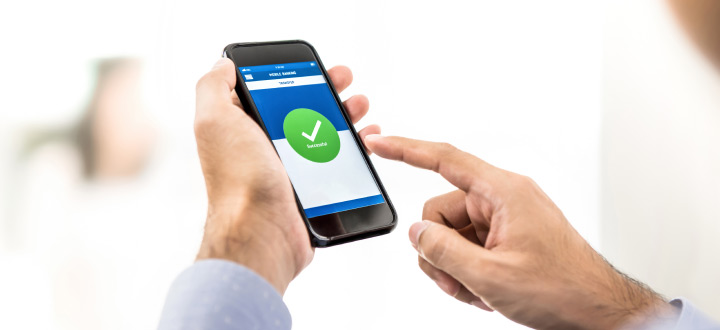

Sampath Kumar Arunachalam
How to Enhance Retail Customer Experiences with Contactless Technologies
In recent years, customers have shown less tendency towards spending their time in stores and have moved towards online shopping.
The COVID-19 pandemic has changed most of the customers’ shopping experiences. Retailers are migrating towards touchless and voice-based interfaces, Artificial Intelligence, machine learning technologies, and mobile-based transactions to serve their customers better. Here are some proven ways for retailers to effectively improve customer experiences.
Understand Customer Behaviours and Expectations
Lockdowns and restrictions have made consumers do their shopping from the comfort of their beds, scrolling on smartphones and tablets and filling digital carts with a few simple clicks. With contactless shopping on the rise, consumers are less tolerant of inefficient and painful checkout experiences, regardless of whether they are shopping digitally or in person.
Newer technologies are driving new and higher expectations for customers. It is time to reassess the whole customer journey from every touchpoint, including brick-and-mortar stores and online shopping. Retailers need to offer speedy services, an easy checkout process, and good delivery options to retain their business.

Create a Seamless Commerce Experience

Retailers must be dedicated to working with integrated payment companies that facilitates them to receive payments in a single system that encourages contactless experiences and revenue growth in-store, online, on handheld devices, and at the POS.
Adopting an omnichannel retail solution will allow retailers to accept secure online and contactless transactions while also capturing and centralizing customer data for future engagements. It will also make it easier for customers to move between sales channels, fostering loyalty and driving conversion rates.
In-Store Contactless Checkouts
The contactless checkout stood as a top priority for customers to shop safely while in-store. Consequently, retailers across the globe had to adapt to consumer needs by augmenting their digital and contactless capacities, accelerating the checkout process, and by applying social distancing norms to help shoppers feel safer.

Mobile payments and mobile-centric experiences have already become essential, contributing to shorter wait times and a seamless in-store experience. Keep in mind that due to the rising concerns regarding privacy and data security, only few consumers today prefer purchasing with one click, tap, or scan.
Improve Your Employee Experience
Retailers also need to consider the store associates, delivery team, and support team experiences. A well-trained and equipped staff is also a key to creating a great customer experience. Equipping staff with more streamlined, up-to-date technology will bring them closer to customers. Providing frontline employees with all-in-one mobile POS and payment devices that enable customers to pay in safe, multiple contactless ways.

The training of employees in digital tools will help them serve customers more effectively when they reach out for help anywhere (from in-store to online shopping).
Innovate and Reimagine the Experience
Experience Design is here to stay and is the future of retail. There are endless possibilities – e.g. when customers get back to the new-normal world where the experience inside the store or across channels can look almost like the experiences offered by amusement parks. For example, MagicBands – are plastic bracelets that contain RFID radios, a wearable hands-free device used by Walt Disney resorts. It’s time for the retailers to ‘Imagineering’ (a term from Disney) where technology gets twined with the customer experience.






